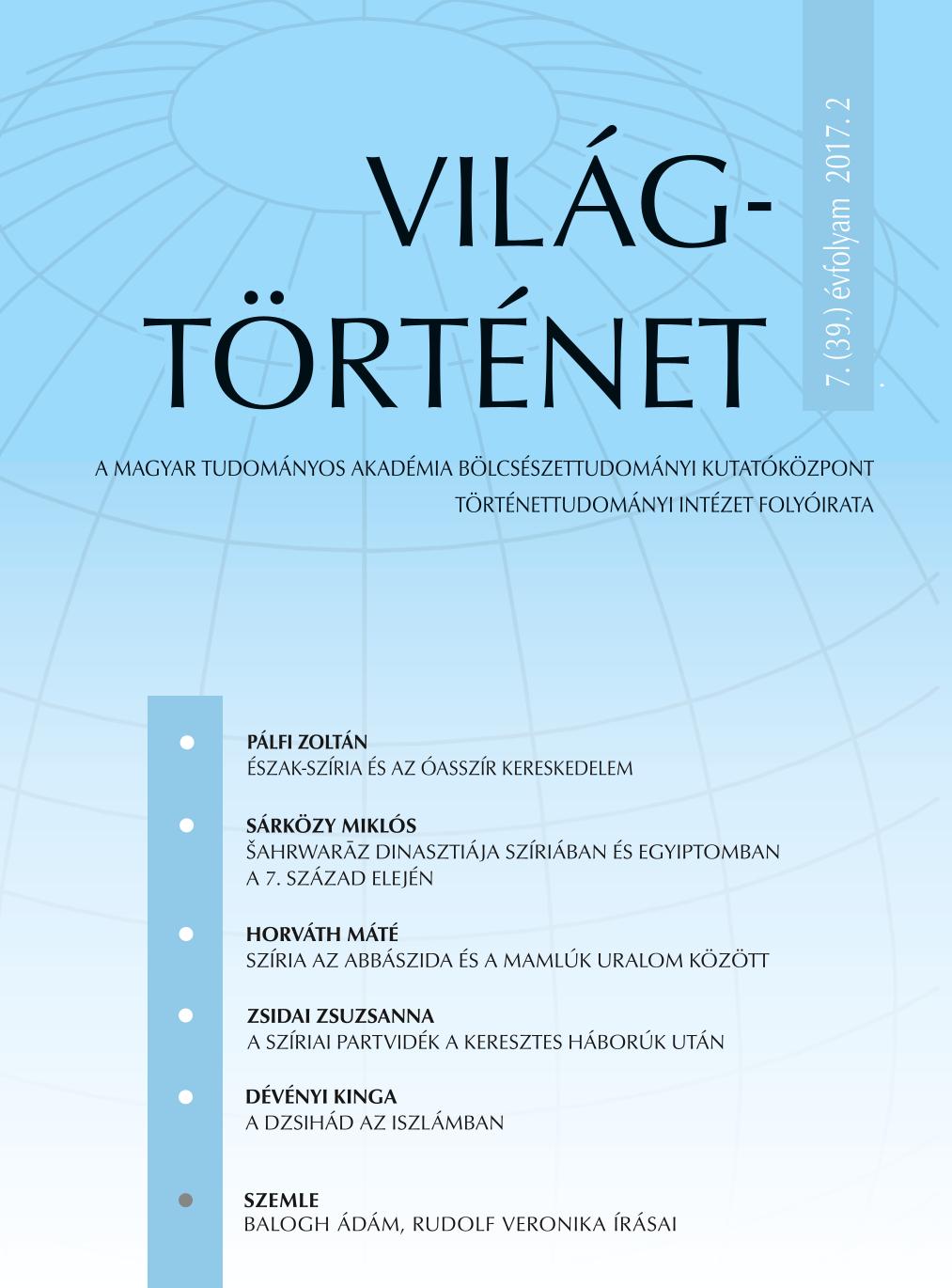Észak-Szíria és az óasszír kereskedelem
Northern Syria and the Old Assyrian Trade
Author(s): Zoltán PálfiSubject(s): Economic history, Ancient World
Published by: Magyar Tudományos Akadémia Bölcsészettudományi Kutatóközpont Történettudományi Intézet
Summary/Abstract: At the end of the Third Millennium BC, Mesopotamia had become the part of a world trading system, stretching from Iranian plateau to the Mediterranean, from the Persian Gulf to Central Anatolia, perhaps even the Aegean Sea. The city of Assur was an important link of this network: the families of the city had realized the potentiality of the overland trade, set up their connections towards Northern Syria and Anatolia, and founded numerous colonies. The Assyrian caravans transported tin and textiles there, bringing back silver and gold. The most important trading colonies were Kaniš (modern Kültepe), Purušhattum, Wahšušana, Hahhum, Zalpa, Turhumit and Hattuš (later the capital of the Hittites). The Old Assyrian trade was organised by wealthy merchant families; the head of the family fi rm resided in Assur, the eldest son settled in the most important colony, and the other members and employees travelled and worked throughout Anatolia and Northern Syria. The stability of the trading system was ensured by different contracts and agreements: we can find short-term contracts and long-term business ventures, strategical cooperation and matrimonial links among the families. Two different stages of the North Syrian trading routes are examined in the article: the beginning stage near the city of Assur, and the final one leading form Syria to the heartland of Anatolia. The first text is a private account, and gives the Sadduatum – Razamā ša Buramata – Abidiban – Qaṭṭarā – Razamā ša Uhakim – Taraqum – Apum route. These settlements had a marginal commercial role, and served as resting places and sources of everyday goods before the long road through the Syrian steppe. The second text is also an account, and draws the Hahhum – Timilkia – Šalahšuwa – Hurama route. Although the location of these towns remained unknown, this region was such an important business territory that the family fi rms placed their representatives here.
Journal: Világtörténet
- Issue Year: 2017
- Issue No: 2
- Page Range: 169-191
- Page Count: 23
- Language: Hungarian

